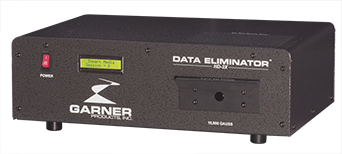How to permanently delete data from an HDD
“Just out of interest,” pondered Rupert, “what can you do to totally eliminate data on a disk drive?”
“It is surprisingly difficult,” Gloria admitted. “For a hard disk drive, there are only three sure-fire ways – overwriting, degaussing or physical destruction..
- Overwriting (wiping or shredding). Some disk management programs provide an ‘overwrite’ utility that fills every part of the disk with zeros or ones or a random mix of the two. In theory, this extremely time-consuming process completely obliterates any trace of the previous data. Some operating systems support a ‘secure file delete’ operation, which deletes a file and then performs an overwrite of just the section of the disk formerly occupied by that file.
- Degaussing. Data on HDDs (and other magnetic storage media) is stored in patterns of magnetisation. These patterns can be disrupted by a powerful magnetic field, and a sufficiently powerful field can erase an entire disk in a few minutes – a process known as degaussing. An HDD that has been properly degaussed can safely be reused or disposed of. Degaussing requires extremely expensive equipment and expert supervision to be effective (Figure 19). The increased reliability of modern magnetic storage media has been achieved by making them resistant to stray magnetic fields – which requires that even stronger magnetic fields must be used in the degausser. Improper degaussing leaves enough magnetisation on the medium that some or all of the data can be recovered.
- Physical destruction. Some people and organisations cannot tolerate the risk that overwriting software might not be completely effective or that their hard disks will not be properly degaussed. Instead, they require that their disks are completely destroyed when no longer needed. Incineration is the most popular method of destroying HDDs (although it must be performed in a specially designed facility, as they may contain toxic substances or produce them when burned), but they can also be crushed or shredded. A web search on how to destroy a hard disk drive comes up with several alternative methods!

